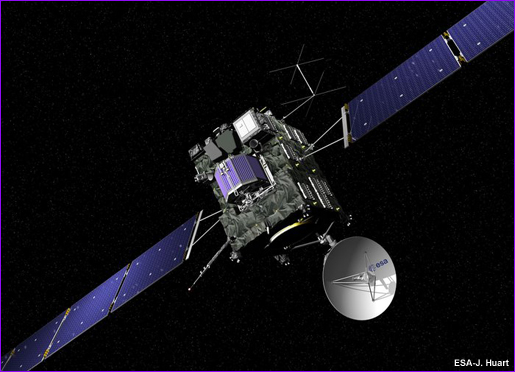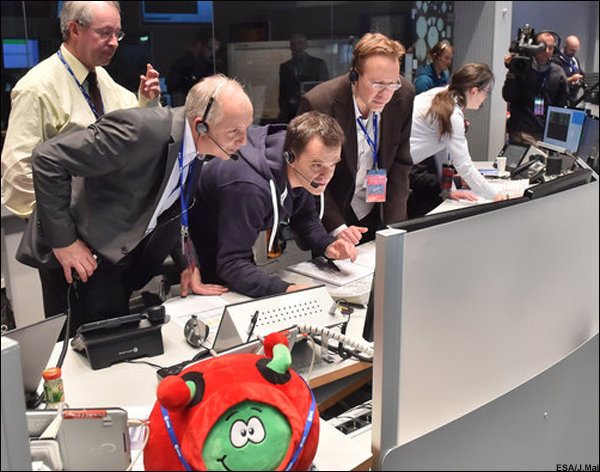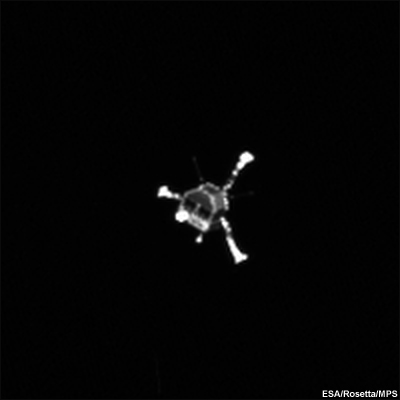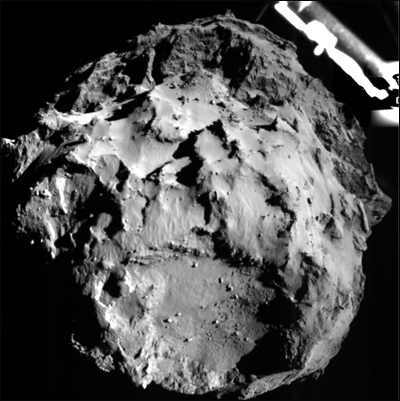| Already a member? Login Now! |
|
 |
|
3 great ways to use Student News Net!
SNN invites you to sign up for a subscription for our award winning site, with access to great stories and educational features. Obviously we are proud of our accomplishments, but we really want to share the truly engaging stories and custom features for the classroom and beyond.
As an ad-free site, SNN relies on subscriptions to enable it to produce this award winning educational website. Where else can you get daily updates of engaging stories and current events backed up by interdisciplinary activities and extra features?
|
|
|
|
|
 |
 Slog: verb – to work diligently for long hours slogged, slogging, slogs Slog: verb – to work diligently for long hours slogged, slogging, slogs
(The American Heritage Dictionary of the English Language, Fifth Edition, ©2014 by Houghton Mifflin Harcourt Publishing Company) |
 |
|
Join in Monday, Nov. 24 from 10:30 - 10:45 a.m. ET for a live SNN SLOG-ITT session with comet scientists from the European Space Agency who will be answering students' questions. The 30-minute session is archived and can be viewed on the SLOG-ITT page.
|
| EXTRA! EXTRA! WRITING PRACTICE |
| |
| Practice Your Writing Skills by summarizing what you've learned by reading, sharing and participating in this SLOG. |
 |
|
|
Rosetta Flight Control Team engineers answer questions from students on Nov. 24, 2014: From the left: Daniel Scuka, ESA moderator of session, Tiago Francisco (Portugese), Armelle Hubault from France and Matthias Eiblmeier from Germany.
Direct link: http://new.livestream.com/ESA/events/3613286 |
 |
| SNN SLOG - Rosetta Mission (European Space Agency, ESA) |
Philae probe lands on Comet 67P after ten-year journey
What does it take to land a probe on a comet 500 million kilometers from Earth? It takes many scientists with deep knowledge of astronomy, chemistry, physics, math and geology working together through the European Space Agency, ESA. The Rosetta spacecraft, carrying 11 science experiments, launched on March 2, 2004. Its primary goal is to learn more about the Solar System’s origin. The Rosetta spacecraft arrived near Comet 67P on August 6, 2014. The Philae probe, carrying 10 instruments, separated from the Rosetta spacecraft and landed on the comet on Nov. 12, 2014. Upon landing, it bounced twice and landed three times finally coming to rest in a corner surrounded by rocks. Philae completed its first mission sending data to Rosetta and then to Earth. But Philae is in the shadows so its solar panels are not generating electricity to recharge its batteries. Philae had about 60 hours of primary battery power but there is hope it will reboot as the comet moves toward the Sun. The Rosetta orbiter will continue to orbit the comet for about one year. Its closest approach to the Sun will occur on August 13, 2015. The mission will end on December 31, 2015. |
| Primary Source References |
Notes & Information from Experts |
- Rosetta mission (European Space Agency, ESA)
- What are comets?
- Rosetta Timeline
- Rosetta Blog
|
“Our ambitious Rosetta mission has secured another place in the history books: not only is it the first to rendezvous with and orbit a comet, but it is now also the first to deliver a probe to a comet’s surface.” (Jean-Jacques Dordain, ESA Director General) |
| Technical Vocabulary |
- Comet Nucleus: solid, middle part of a comet; also called a “dirty snowball” – Comet 67P is about 4 kilometers (2 miles) wide.
- Comet Coma: atmosphere around comet (gases that have been heated by Sun)
- Perihelion: closest point to the Sun (Comet 67P ~ 185 million kilometers)
- Aphelion: farthest point from the Sun (Comet 67P ~ 850 million kilometers)
- Hibernation: dormant, inactive state
- Comet 67P – also called Comet Churyumov-Gerasimenko after the Russian scientists who found the comet in 1969
|
|
| Multimedia |
 |
|
| ESA scientists receive confirmation that Philae landed on Comet 67P on Nov. 12, 2014. (Photo: ESA/J.Mai) |
Rosetta’s Twelve-Year Journey in Space (Timeline) |
 |
Demonstration of Rosetta and the Philae Lander by an ESA astronaut on the International Space Station |
The Philae Lander as it approached Comet 67P for landing on Nov. 12, 2014. (Photo: ESA/Rosetta/Philae/ROLIS/DLR) |
|
 |
ESA: Once Upon A Time: Preparing for Comet Landing |
| Picture taken by the Philae Lander as it approached Comet 67P for landing. Note one of Philae’s landing legs in top right of the photo. (Photo: ESA/Rosetta/MPS for OSIRIS Team MPS/UPD/LAM/IAA/SSO/INTA/UPM/DASP/IDA) |
|
|
|
|
|
|